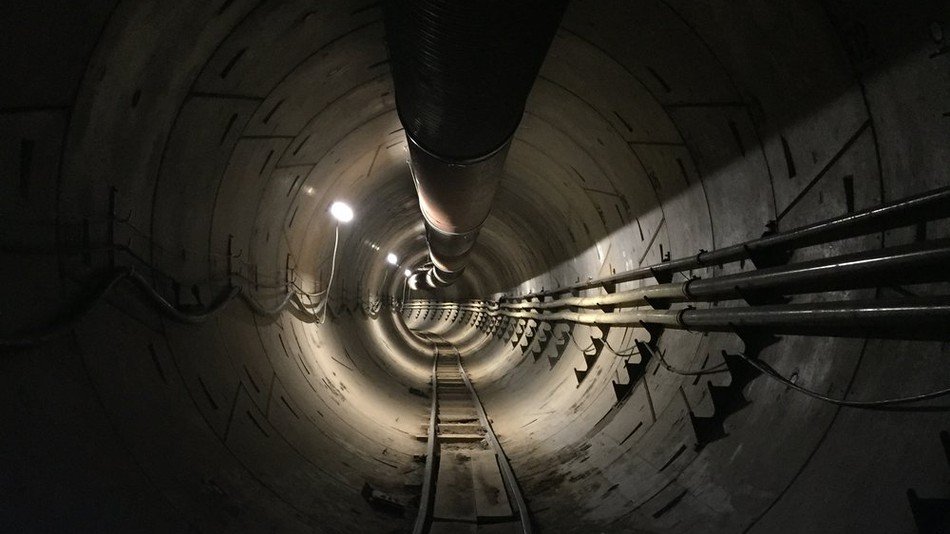Rethinking the streetscape will be the priority at the Los Angeles Planning Department, revealed newly appointed Planning Director Michael LoGrande in a conversation with LA Times architecture critic Christopher Hawthorne. “We’re getting people out of their cars and thinking differently about transit,” said LoGrande, who chatted with Hawthorne on Wednesday night at Occidental College.
Confirmed August 4 after the resignation of his predecessor, Gail Goldberg, LoGrande has faced significant staff and budget cuts, which he’s responded to by re-focusing long-term planning on transit projects rather than just catering to a constant stream of ad hoc requests.
One way LoGrande sees the Planning Department making headway is through partnership with the LA County Metropolitan Transportation Authority (METRO) to ensure that community plans are part of the conversation for the city’s several upcoming transit projects. “Partnering with METRO is huge,” said LoGrande, “Rather than be flatfooted like what we saw when the Blue Line came, we really want to make sure that the land-use plans around those projects encourage ridership.”
Approved by county voters in November 2008, Measure R has committed a projected $40 billion for traffic relief and transportation upgrades throughout LA county over the next thirty years. LoGrande also championed the use of pilot programs to change the planning status quo. “The best way to move the city forward is to show a small success,” he told Hawthorne.
The Planning Department will be selecting eight areas around the city for various pilot programs and is already aggressively seeking grants for transit planning, according to LoGrande. “We’re looking at programs to try and utilize the street for diagonal parking, dedicated bike lines, even some sidewalk dining. So you’re taking that traffic away, temporarily letting the public get used to it. Then you study the traffic patterns and see what happens.”
Despite a rosy picture of more walkable streets and more effective transit systems, one audience member saliently questioned Planning’s relevance as anything other than facilitator without a lot of power. LoGrande and his planning colleagues have recently been charged with being a mere rubber stamp in the mayor’s effort to raise more city funds through more development. To which LoGrande replied, “I think in the absence of good planning, what you see is sprawl. What we’re doing now is kind of rolling back the clock, getting us on the right track to fix the wrongs of the past. Rather than plan the city project by project, [we] actually have plans that guide development and that connect to what people like about a community to try and preserve it.”









